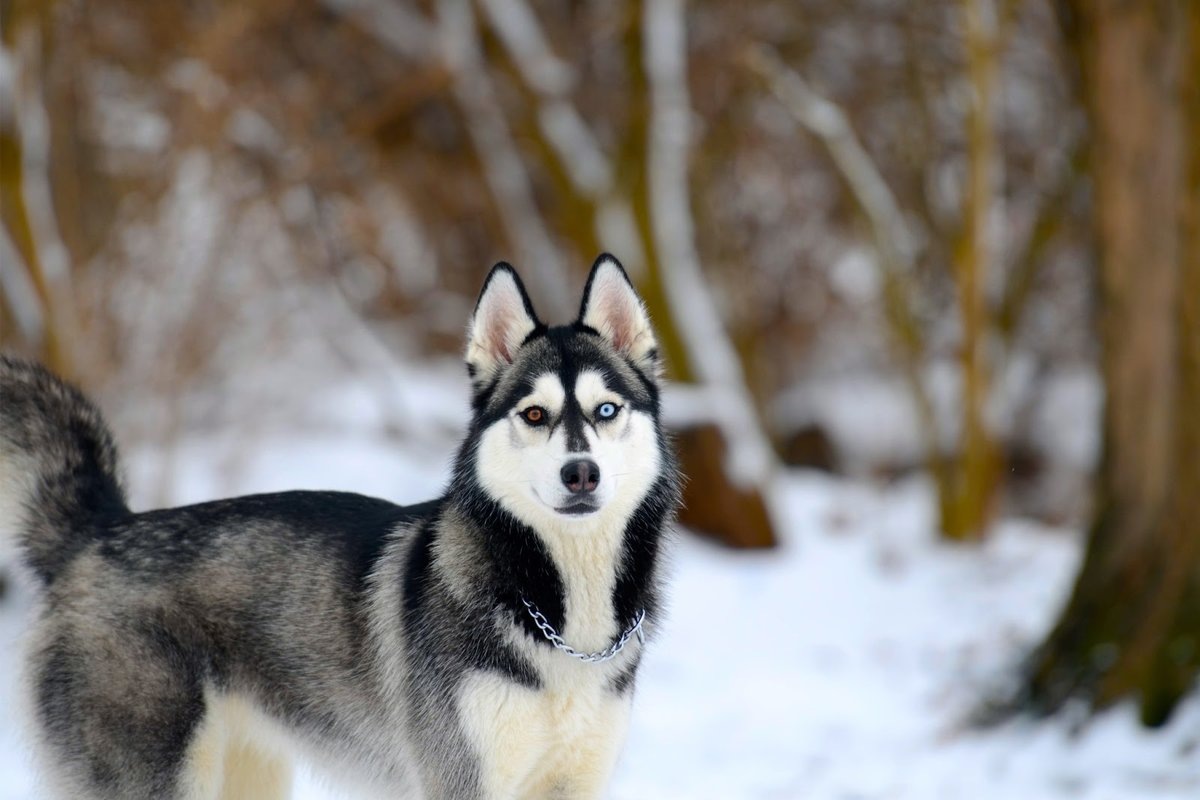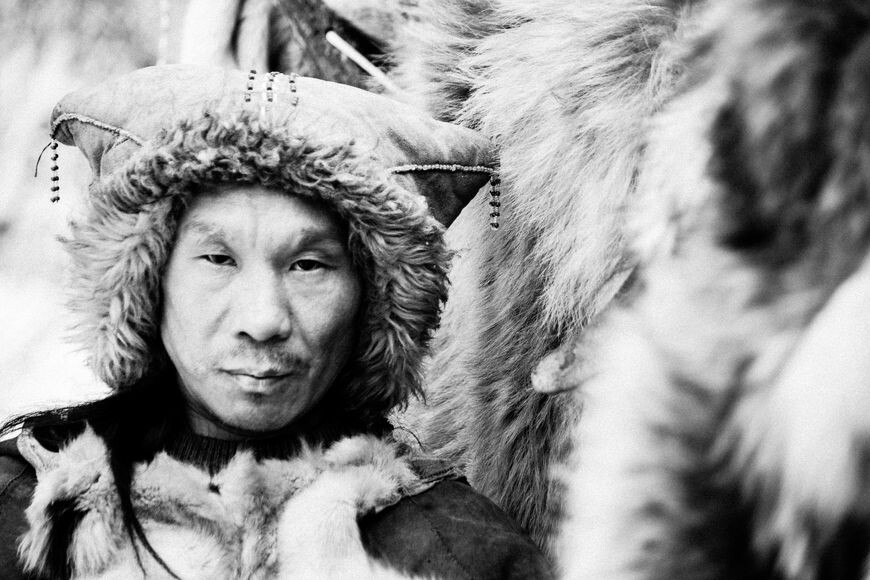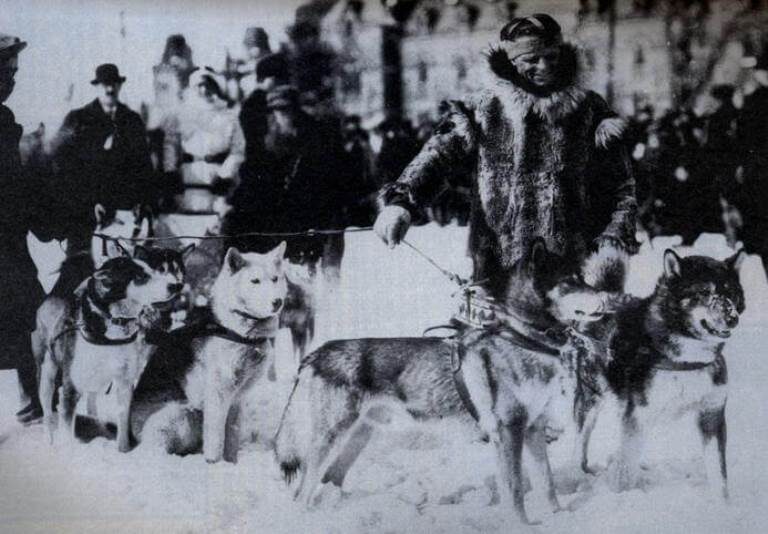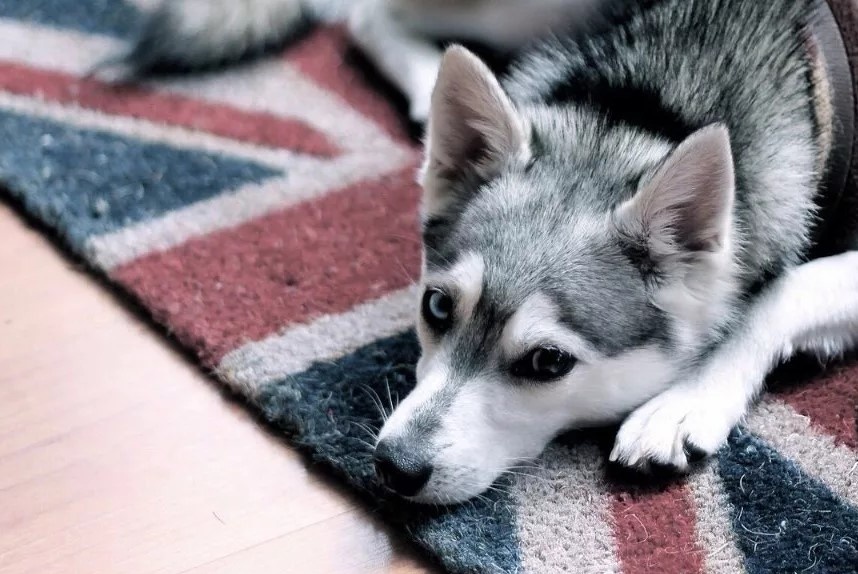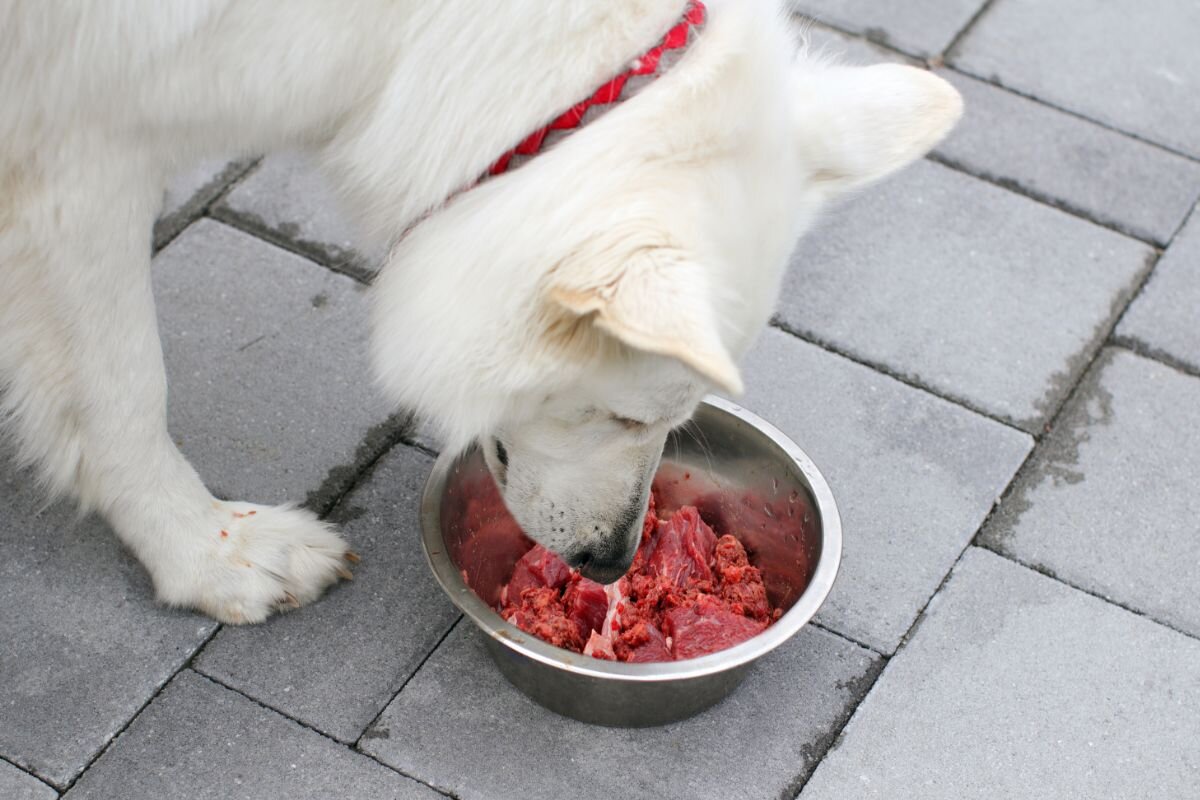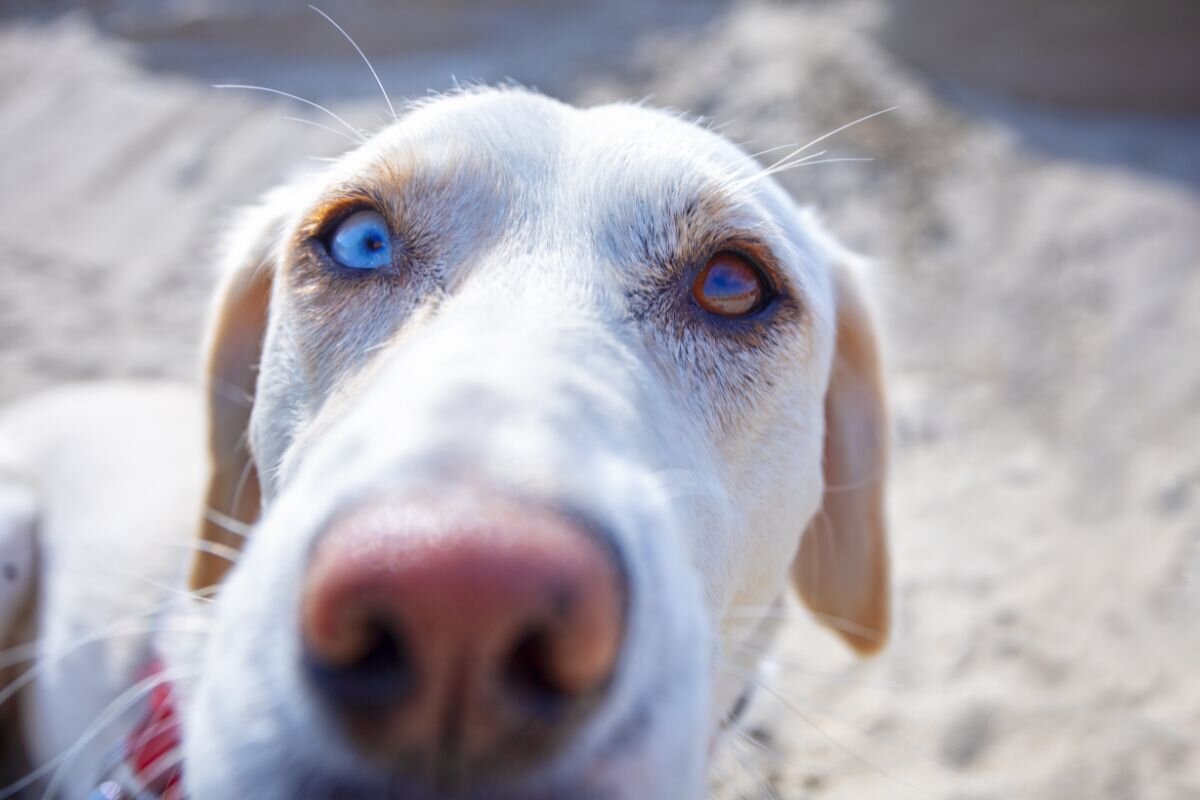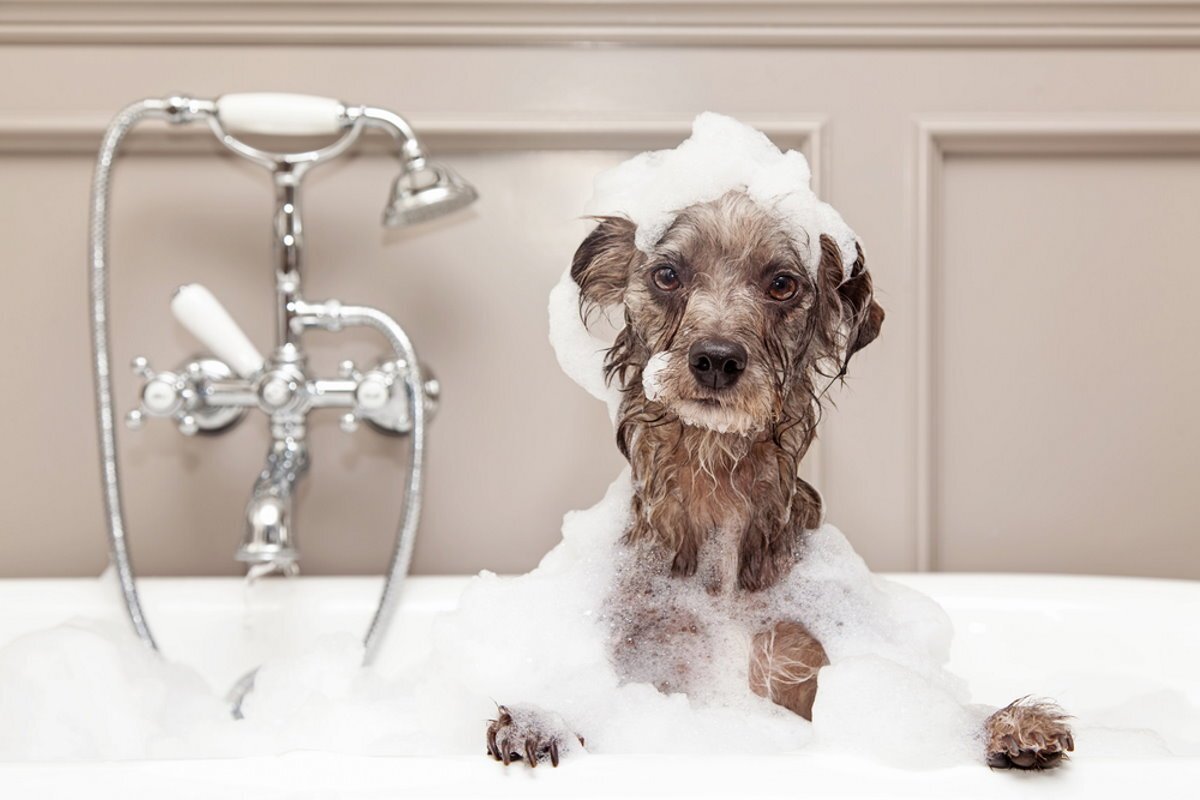And again we talk about the widely known breed, meet - Siberian Husky.
With its appearance, the breed captivates the minds of many people, and the film industry adds fuel to the fire. Many people, after watching movies and seeing a beautiful dog, simply dream of getting it. However, they completely forget about the dog's character.
But I won't jump ahead, you will find the answer to the question from the title at the end of the article.
And now let's talk about the history of the breed.
History of the breed
The history of the origin of the husky breed is lost in the depths of centuries. According to some data, they appeared 1500 years ago, and according to others - more than 3000. They come from the northern regions with a harsh climate - the Far East, Siberia, Chukotka, Kamchatka. In these conditions, the residents needed a strong, hardy animal to transport various goods during migrations.
In the Neolithic era, primitive hunters came to the North with their hunting dogs. Later, there was a crossbreeding of dogs with wolves, which resulted in the first representatives of this breed, and people began to breed them deliberately. Modern scientific research has shown a very close genetic relationship between huskies and wolves.
According to one version, the name derives from the name of the Eskimo tribe. The distorted, even more a slang, word "eski" meant "Eskimo dog". However, another assumption about their origin seems more reliable. The Chukchi tribe - a people who inhabit a vast territory in the northeast of the Eurasian continent - bred the breed.
For many centuries, the Chukchi lived quite isolated, not influenced by civilization. Hardy and smart riding dogs were their faithful assistants and friends - they transported baggage, hunted prey, and warmed them with their warmth on cold nights. The selection was tough - only the strongest and the smartest individuals were allowed to live and reproduce.
Later, as trade began to develop, European and American merchants learned about these dogs, and then gave the breed their name. From the English language, "husky" is translated as "hoarse."
Huskies gained the greatest popularity and recognition worldwide during the "gold rush" in Alaska. In order to reach the inaccessible northern regions, dogs well adapted to these conditions were needed. Among all the tested breeds, the natives of Siberia turned out to be the best. Despite their average parameters, they overcame snowdrifts, withstood 50-degree frost, walked tirelessly, found their way through snowstorms and blizzards by scent, transported medicines, food, mail.
So, from history, we can see that the breed was formed quite a while ago, for specific purposes. And it is from this that the dog's character stems.
Character
The splendid appearance and cheerful temperament often mislead inexperienced enthusiasts. In reality, Siberian Huskies have a complex character. They love people, but not a specific owner. To most of them, who their owner is doesn't matter that much. Loyalty is not their strong suit. They are independent individuals with their own opinions. However, pets often become loyal friends to their owners.
Siberian Huskies have such character traits as:
- friendliness;
- self-sufficiency;
- high activity;
- need for communication;
- intelligence;
- lack of aggression;
- endurance.
This is a pet for an owner willing to prove to their dog every day that they are smarter and more cunning. The ancestors of Siberian Huskies lived alongside humans on equal terms. Together, they fought the harsh nature of the North. The tendency to make independent decisions has been preserved to this day. The animals are obedient only until the owner gives them the opportunity to slip away.
Behavior on the street
Hunting instincts were inherited by the breed from their ancestors. This breed does not need to be trained or taught to hunt. The hunt caller is a common nickname for a husky. The description of the breed, behavior on the street confirms this. During walks, it is necessary to pay close attention to the pet. Otherwise, the husky may run away from the owner if it notices a squirrel in a tree or a cat on a bench.
They are friendly towards large dogs. However, there may be difficulties with small dogs. They are too much like cats, and fights with them are not excluded.
So, we smoothly move on to the answer to the question from the title, why shouldn't you keep a dog in an apartment?
Let's start small - with its behavior.
Often left alone, huskies begin to be very active. The most harmless way of showing activity is a prolonged howl, which all the neighbors hear. It stops as soon as the owner approaches the house. Family members may not even know about the pet's musical abilities.
Loud sounds are not the only thing a cute husky is capable of. They love to chew on things that are not intended for that. It is not uncommon for the owner to come home from work to find their belongings destroyed. Therefore, pets should not be left alone for long periods of time.
In addition, do not forget about the purpose for which the breed was developed. Keeping a dog in an apartment restricts its movement, leading to health and psychological problems. Dogs need to move! If the desire outweighs reason, at least 4 hours of walks a day are mandatory, ideally 2-3 hours of walking both in the morning and in the evening.
Moreover, do not forget about grooming. It is simply too hot for a dog in a stuffy apartment. This breed is used to cold temperatures, and while it may feel relatively comfortable in winter, it is very difficult for them in the heat. Therefore, baths with cool water are recommended in the heat.
It is also worth knowing that clipping the coat in the heat is strictly contraindicated, as it can lead to the opposite effect. Thanks to the protective layer in their coat, the dog's body does not heat up as much, and without this layer, the animal is at greater risk of heatstroke.


